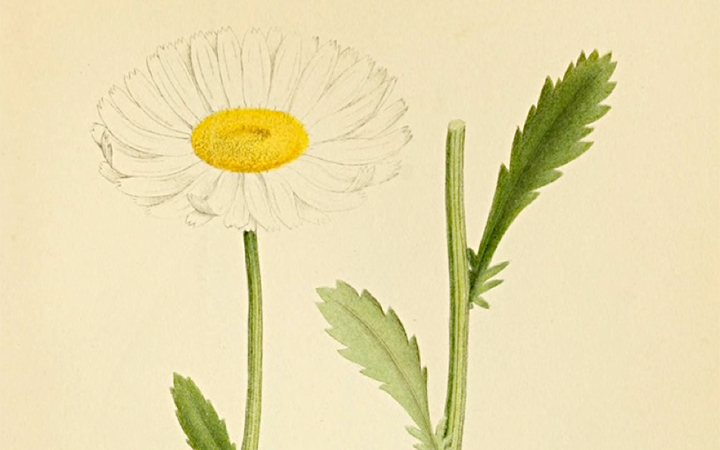Leucanthemum vulgare, the ox-eye daisy[2] or oxeye daisy,[3] is a widespread flowering plant native to Europe and the temperate regions of Asia and an introduced plant to North America, Australia and New Zealand. It is one of a number of Asteraceae family plants to be called a “daisy”, and has the vernacular names common daisy, dog daisy, moon daisy and oxe-eye daisy.
Leucanthemum vulgare is a typical grassland perennial wildflower, growing in a variety ofplant communities including meadows and fields, under scrub and open-canopy forests, and in disturbed areas.[4]
Leucanthemum is from the Ancient Greek λευκός (leukós, “white”) and ἄνθος (ánthos, “flower”).
(From Wikipedia, March 2015)




